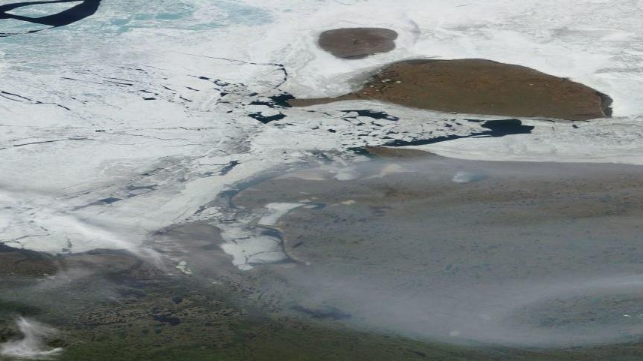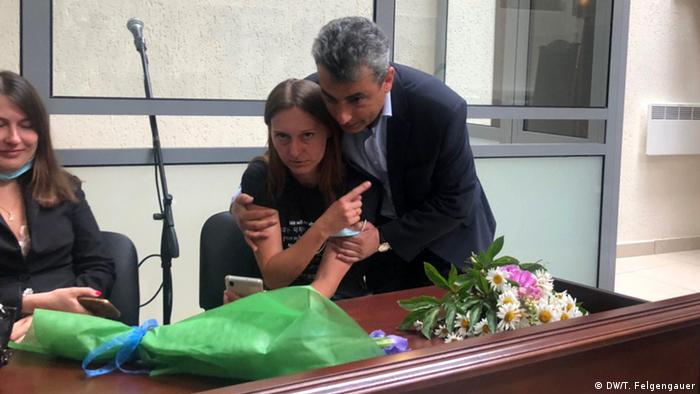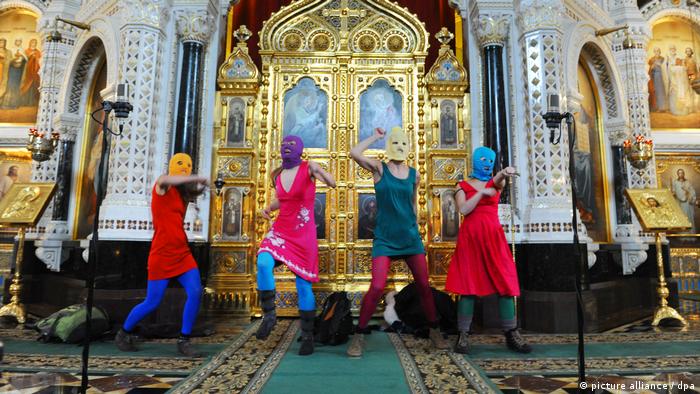Issued on: 21/06/2020

Israeli academic Zeev Sternhell poses at home in Jerusalem in this file photo taken on February 2, 2015. © Thomas Coex, AFP Text by:NEWS WIRES
Israeli historian and political scientist Zeev Sternhell, a peace activist and one of the leading thinkers of the country's left, has died aged 85, Jerusalem's Hebrew University said Sunday.
Polish-born Sternhell, head of the university's political science department, was an outspoken champion of Palestinian rights who strongly criticised Jewish settlements in the occupied West Bank.
Hebrew University president Asher Cohen hailed Sternhell, a professor emeritus there who was awarded the prestigious Israel Prize for political science in 2008, as "among the most important researchers" to emerge from the institution.
"His innovative political science research, which was translated into many languages, brought a deep change in the academic perception of ideological movements, specifically radical movements," Cohen said.
Ayman Odeh, head of the Arab-led Joint List in Israel's parliament, wrote that "during his childhood in Poland, Sternhell experienced the terrible results of fascism, and throughout his life had the courage and strength to research and fight it.
"For decades he was a significant voice for Palestinian human rights and against the occupation in the territories."
Survived Second World War
Born to a Jewish family in 1935, Sternhell survived the Second World War disguised as a Catholic. His mother and sister were murdered by the Nazis.
He moved to France after the war, then to Israel upon its creation in 1948.
Sternhell served as an Israeli soldier in the country's wars over four decades and believed in the necessity of a Jewish state, despite his opposition to Israeli settlements in the West Bank.
He was a longtime activist in the Israeli Peace Now movement, founding member Janet Aviad told AFP.
"He was a very strong and credible Zionist whose message was that we have one land for two people," she said. "That was the message he delivered in very humanistic, egalitarian, universal terms".
His academic work also delved into the "French roots of fascism" and stirred lively debate and controversy, according to former student Denis Charbit, now a lecturer at the Open University of Israel.
Sternhell was a "very demanding" professor, but also one "attentive" to his best students, Charbit told AFP.
In addition to academic writing and books, he regularly published opinion pieces in Israeli newspapers, most notably Haaretz, many of which were critical of settlers.
On one occasion Sternhell called the settlement movement a "cancer" in Israeli society, and in another instance said a settlement should be attacked with tanks.
'Fragility' of democracy
After receiving the Israel Prize in 2008, he was wounded the same year by a bomb planted outside his house by a right-wing extremist.
Sternhell himself said the attack was testimony to the "fragility" of Israeli democracy.
In an interview with Haaretz later that year, he warned of the ongoing occupation of Palestinian territories and the condition of Israel "not respecting the national rights of others".
In a 2014 interview with Haaretz, during Israel's war against Hamas in Gaza, Sternhell warned that the Jewish state's democracy was "facing collapse".
"The Israeli democracy is eroding, and the signs (of emerging fascism) exist," he said.
Tamar Zandberg, of left-wing party Meretz, said Sternhell's lasting legacy would be his work towards "a strong and not occupying Israeli democracy".
Communication Minister Yoaz Hendel offered his condolences to the Sternhell family, noting that while he didn't share many of Sternhell's opinions, "prominent intellectuals like him, from right and left, are the foundation to our existence as the people of the book".
According to Haaretz, Sternhell died as a result of complications following surgery.
He is survived by his wife, two daughters and several grandchildren.
(AFP)
Israeli historian and political scientist Zeev Sternhell, a peace activist and one of the leading thinkers of the country's left, has died aged 85, Jerusalem's Hebrew University said Sunday.
Polish-born Sternhell, head of the university's political science department, was an outspoken champion of Palestinian rights who strongly criticised Jewish settlements in the occupied West Bank.
Hebrew University president Asher Cohen hailed Sternhell, a professor emeritus there who was awarded the prestigious Israel Prize for political science in 2008, as "among the most important researchers" to emerge from the institution.
"His innovative political science research, which was translated into many languages, brought a deep change in the academic perception of ideological movements, specifically radical movements," Cohen said.
Ayman Odeh, head of the Arab-led Joint List in Israel's parliament, wrote that "during his childhood in Poland, Sternhell experienced the terrible results of fascism, and throughout his life had the courage and strength to research and fight it.
"For decades he was a significant voice for Palestinian human rights and against the occupation in the territories."
Survived Second World War
Born to a Jewish family in 1935, Sternhell survived the Second World War disguised as a Catholic. His mother and sister were murdered by the Nazis.
He moved to France after the war, then to Israel upon its creation in 1948.
Sternhell served as an Israeli soldier in the country's wars over four decades and believed in the necessity of a Jewish state, despite his opposition to Israeli settlements in the West Bank.
He was a longtime activist in the Israeli Peace Now movement, founding member Janet Aviad told AFP.
"He was a very strong and credible Zionist whose message was that we have one land for two people," she said. "That was the message he delivered in very humanistic, egalitarian, universal terms".
His academic work also delved into the "French roots of fascism" and stirred lively debate and controversy, according to former student Denis Charbit, now a lecturer at the Open University of Israel.
Sternhell was a "very demanding" professor, but also one "attentive" to his best students, Charbit told AFP.
In addition to academic writing and books, he regularly published opinion pieces in Israeli newspapers, most notably Haaretz, many of which were critical of settlers.
On one occasion Sternhell called the settlement movement a "cancer" in Israeli society, and in another instance said a settlement should be attacked with tanks.
'Fragility' of democracy
After receiving the Israel Prize in 2008, he was wounded the same year by a bomb planted outside his house by a right-wing extremist.
Sternhell himself said the attack was testimony to the "fragility" of Israeli democracy.
In an interview with Haaretz later that year, he warned of the ongoing occupation of Palestinian territories and the condition of Israel "not respecting the national rights of others".
In a 2014 interview with Haaretz, during Israel's war against Hamas in Gaza, Sternhell warned that the Jewish state's democracy was "facing collapse".
"The Israeli democracy is eroding, and the signs (of emerging fascism) exist," he said.
Tamar Zandberg, of left-wing party Meretz, said Sternhell's lasting legacy would be his work towards "a strong and not occupying Israeli democracy".
Communication Minister Yoaz Hendel offered his condolences to the Sternhell family, noting that while he didn't share many of Sternhell's opinions, "prominent intellectuals like him, from right and left, are the foundation to our existence as the people of the book".
According to Haaretz, Sternhell died as a result of complications following surgery.
He is survived by his wife, two daughters and several grandchildren.
(AFP)














